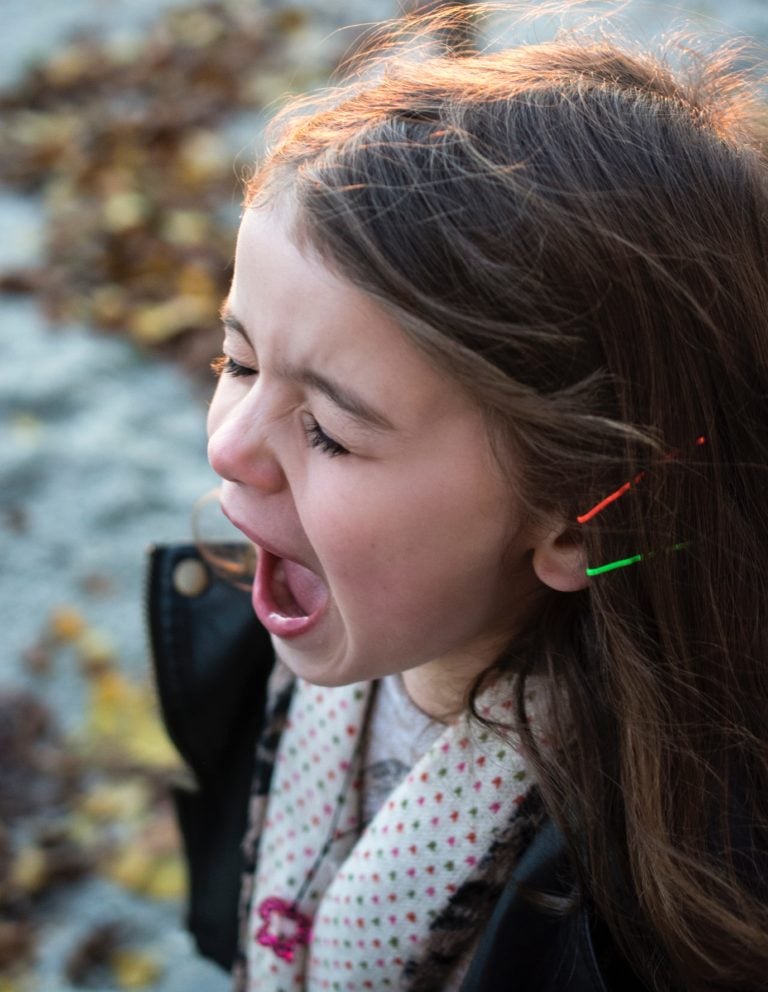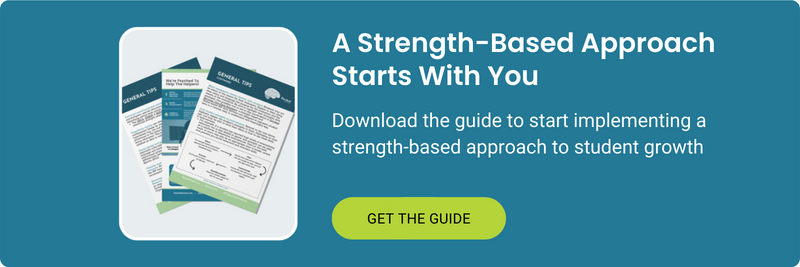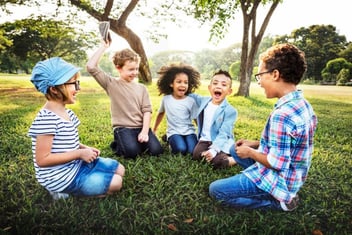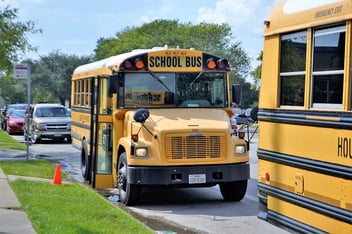
By Marysa Enis and Maria Gregory
Teachers, chances are there is a student in your class who has been through trauma. And, chances are you don’t even know it. Maybe they aren’t the easiest student to teach. Maybe they shut-down or yell or throw things. Maybe they act spacey and forgetful. Maybe they provoke others. Maybe they climb the walls. Maybe they cling to your every move.
Or, maybe they don’t do any of that. Maybe they are a model student. You probably don’t know because they probably aren’t announcing their trauma to the class – and that’s okay. We’re here to tell you that you don’t need to know about a student’s problems to help.
Follow Butte County’s Lead
In their humbling response to the devastation recently thrust upon their community, Butte County Office of Education has issued a series of videos that illustrate a point educators have known for years: Schools are far more than a place for children to learn reading, writing, and math. For those in crisis, schools are what a home should be: Stability, shelter, food, compassion, nurturing, rest, predictability, safety, support…
In our first article on this topic, we discussed some changes children might go through immediately following a traumatic-event. We discussed strategies that, ideally, foster resilience and allow children to return to their “old selves.” (Click here to read In the Wake of Fire: Caring for California’s Children).
But what happens to children whose trauma is unknown? What happens when their normal is exhibiting trauma through behavior? Today, we take a closer look at the needs of children who are experiencing the prolonged effects of trauma. These children are in every school, and more often than not, the trauma they have experienced is unknown to others.
Know the Long-Term Effects of Trauma
Most people have experienced at least one traumatic event. When they do, it is common (and expected) for them to go through some unwelcome changes in mood and personality. It is also common (and expected) for these symptoms to resolve in time.
Unfortunately, for children with adverse childhood experiences, even seemingly minor problems can trigger a traumatic response. (Note: Trauma is even more impactful when it is chronic and ongoing, but traumatic experiences do not need to continue or reoccur for a child to develop a traumatic response).
As you continue to read, keep this in mind: Every child with trauma has literally feared for their life at some point. For whatever reason (and try not to judge here, there are a lot of possibilities), their environment did not succeed in making them feel safe.
Depending on which coping skills a child has developed to manage trauma, traumatic responses may look like:
- Hyper vigilance – Children with trauma are often exceedingly aware of what’s going on around them. For them, it’s a matter of survival. Because of this, they tend to notice details others don’t, like a distant noise or a subtle change in aesthetics. They may try to reassure themselves by asking you the same question over and over, just to make sure everything is still ok.
- Overactivity – For children with trauma, there may be no such thing as a “small problem.” For them, even simple changes can lead to feelings of uncertainty and fear (predictable environments are safe environments and vice versa). Because of this, they may have an outburst or meltdown over something seemingly minor, like not having a pencil or being told to sit somewhere new.
- Hypersensitivity – In order to feel safe, children with trauma may become overly-dependent on others and appear “needy.” Unfortunately, because they rely on others for their sense of safety, they may also fear rejection and seek constant reassurance that others are there for them. This hyper vigilance can mean that they misperceive the actions of others or perceive a threat where there is none. (This is especially true if basic needs were not met early on or a child did not form an attachment to their caregiver).
- Limited coping skills – Children are more likely to go into “fight-or-flight” mode when they have poorly developed problem-solving skills. Often, children with trauma are not able to calm down on their own and need an adult’s help to do so.
- Problems forming relationships – For the reasons listed above, children with trauma often have trouble making and keeping friends or accepting help from adults.
- Problems with learning – Trauma doesn’t only affect emotions and behavior. It changes how and under what conditions children can learn. It affects memory, concentration and language. It physically changes the brain.
Educators Can Help
Schools are in the ideal position to identify and help kids with trauma. Almost every child sets foot in a school, and for the most part, their basic needs are met while they’re there (with exceptions, but we’ll save those for another day).
Districts can help by incorporating trauma-informed practices into their multi-tiered system of supports (MTSS). Here are some school-wide practices that help ALL kids:
- Establish systems for meeting basic needs – There are children in every school whose basic needs are not adequately met. These may include the need for sleep, clean clothes, hygiene products, healthy meals, etc. Make sure educators know how to seek help for these students.
- Adopt curriculum-based social-emotional learning (SEL) – Many children – not just those with trauma – benefit from explicit instruction in problem-solving and self-regulation. Teaching coping and problem-solving skills empowers all students to make prosocial decisions.
- Establish safe places – Have a designated calming-corner in each room of the school, including the cafeteria, library, and office. Fill each space with tools that promote self-regulation and calming – like books, clay, drawing materials, or stuffed animals. Use SEL to teach students how to recognize the need for self-calming, then allow all children to use the space when they need it.
- Encourage and support self-care for educators – In a blog about self-care for teachers, Jennifer Gunn recommends that schools offer professional development and campus-based activities to promote self-care. School leaders can invite community practitioners (like yoga instructors or counselors) to lead groups after-school, giving educators space to decompress and support each other.
Additional Tips for educators
Children are resilient, and adults play a pivotal role in fostering brain development. By building strong relationships and creating positive learning environments, educators create space for young brains to adapt, develop, and thrive. Here are some things to keep in mind:
-
Avoid passing judgement. Students may be triggered by something that has no logical connection to their trauma. Our brains are uniquely wired to develop implicit memories for this reason.
-
Learn student triggers and temporarily avoid them. If resources allow, directly teach strategies for recognizing and managing triggers, then introduce them slowly (once the child is ready to practice new skills).
-
Try not minimize, discount, or compare a student’s trauma to someone else’s experience. Children with trauma need unconditional positive regard, empathy, and permission to feel whatever it is they feel. Pointing to someone else’s experience takes focus away from the child and contributes to self-doubt.
-
Avoid the temptation to “dig deep” and try not to pity the student. Educators do not have the time or expertise to unpack a child’s trauma, and that isn’t what the child needs, anyway. Instead, be mindful of what clinical resources are available and refer students for specialized help.
-
Avoid taking behavior personally. Instead, model mature and respectful responses to conflict. Children need adults to be emotionally available and competent. If an adult acts threatened or defensive, a child’s behavior will inevitably escalate.
-
Establish trust. Don’t talk about a child’s trauma with others. Be consistent in your responses with the child.
-
Be aware of your own emotions and needs. If you are feeling stressed-out, it may be time to engage in self-care. (Educators are at-risk for compassion-fatigue and vicarious trauma, but that’s a topic unto itself).





